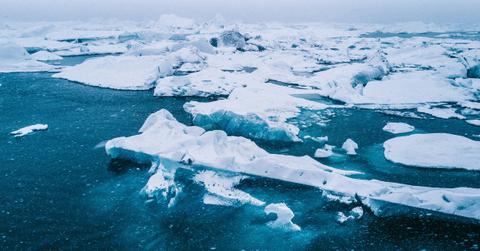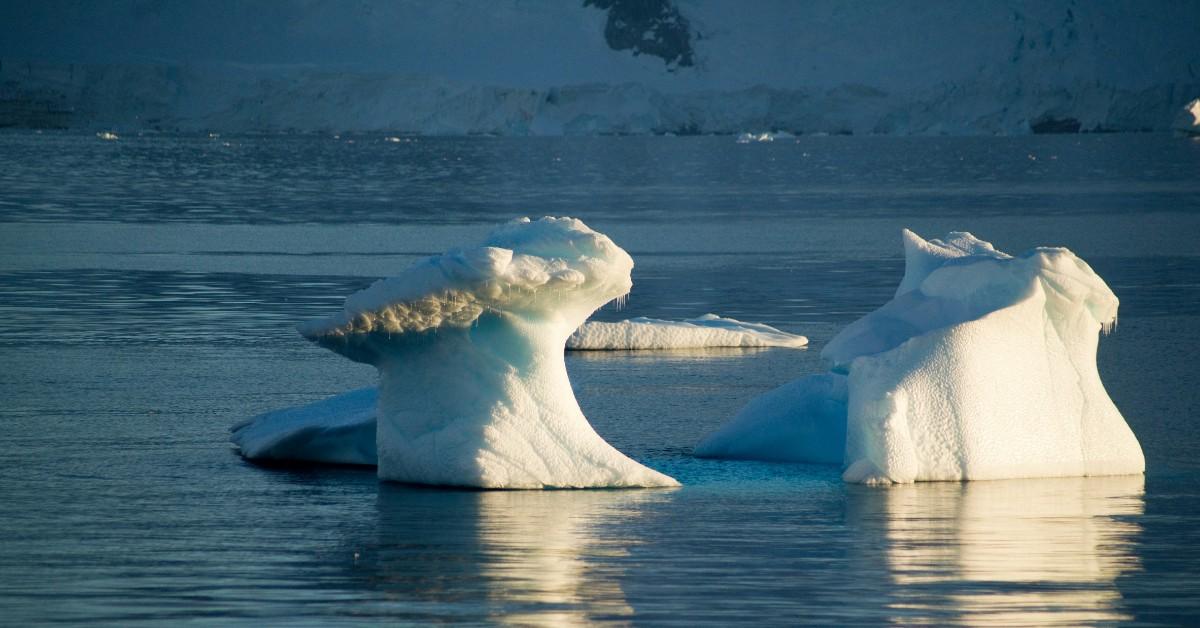Technology Used to Refreeze the Arctic Gets Both Results and Criticism
The plan has shown quite a lot of progress.
Published Dec. 16 2024, 2:16 p.m. ET

You have likely heard about the dangerous conditions in the Arctic. The climate crisis is melting ice at such a rapid rate that many experts warn that we could be just a few short years away from a totally thawed Arctic.
As such, scientists have been working overtime to try and figure out how to solve this problem. One potentially successful solution involves refreezing the waters in the Arctic.
So far, the 2024 Arctic refreeze has positive results, so why would anyone want it to stop? To answer that question, I checked to see what the brightest minds of their generation had to say about the process and why not all climate scientists are convinced.

What is the plan to refreeze the Arctic?
Melting sea ice has been a problem for so long that several plans have been introduced.
In 2017, Steven Desch, a physicist, came up with a plan that would involve installing millions of dollars worth of wind-powered pumps. These pumps would work during the winter months, bringing water from beneath the surface up to the top of the ice to freeze, hopefully adding additional layers to the existing caps, according to the Guardian.
In 2020, an idea was floated to protect the exposed areas of the Arctic with glass beads reflecting some of the sun's heat, helping the ice to remain frozen for longer. Per the Guardian, the project was pitched by the Arctic Ice Project Team and cost 300 million dollars.
Another plan involved using water particles for cloud seeding purposes, according to CNN. The particles would then be injected in areas where they could reflect more sunlight using a water-bound "spray vessel," which would shoot water from the ocean into the sky.
There was also a super aggressive (and a bit unwieldy) plan for a floating ice maker, which would be capable of producing massive ice chunks thanks to the 10 million submarines needed to power it.
The 2024 plan seems like a slimmed-down version of the cloud seeding idea. Instead of relying on the clouds to do the heavy lifting, CNN says scientists use a pump to pull water up to the surface to build upon existing ice. Research has shown that they've been able to add four inches of ice since they began testing this process in Canada in January.
While it's still early, the experts behind the idea seem optimistic about the results.
Why are scientists wary of this plan?
With positive gains and a much smaller price tag associated with the refreezing operation, you'd expect experts to be thrilled. Instead, many are opting for caution. That includes the University of Bristol's polar environmental change associate professor, Liz Bagshaw.
"Such interventions are morally dubious at best, and at worst, ethically irresponsible," Bagshaw said to CNN.
Some of the top concerns include the potential harm this process, which works using underwater drones, could have on marine life.
Critics also worry that refreezing the Arctic ice could also undermine efforts to stop the world's reliance on fossil fuels, a leading cause of climate change.